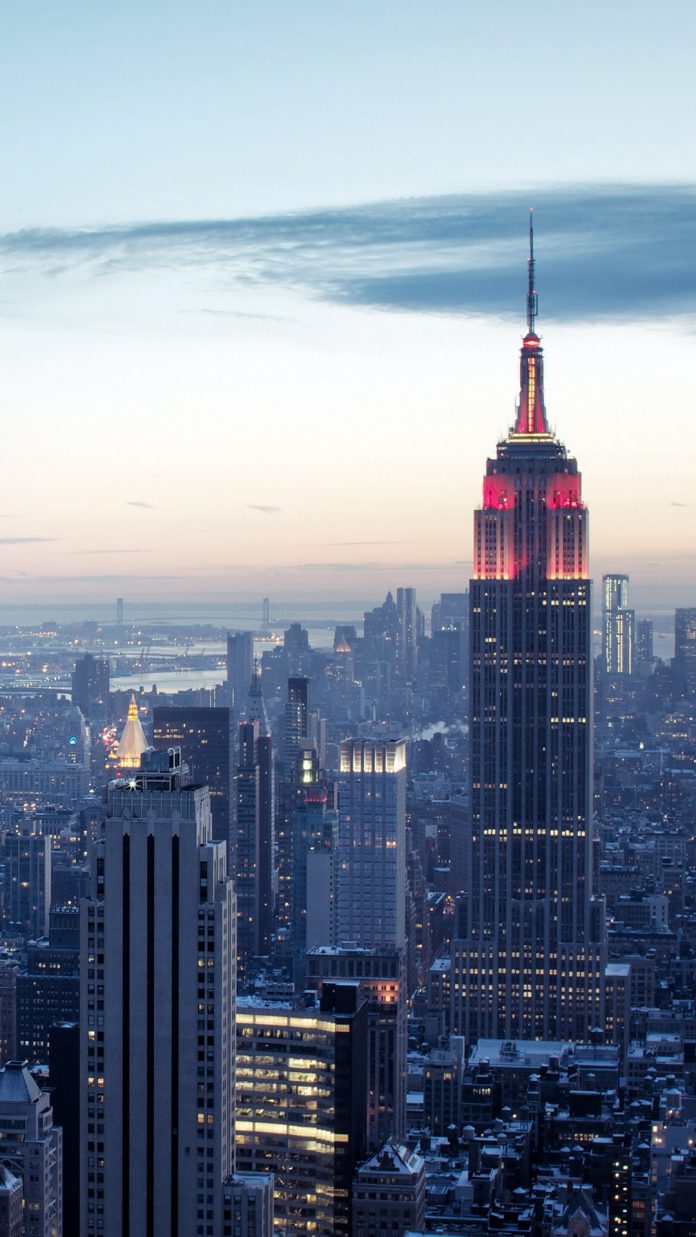In this article, we are going to see how to add a “salt and pepper” noise to an image with Python.
Noise: Noise means random disturbance in a signal in a computer version. In our case, the signal is an image. Random disturbance in the brightness and color of an image is called Image noise.
Salt-and-pepper: It is found only in grayscale images (black and white image). As the name suggests salt (white) in pepper (black)–white spots in the dark regions or pepper (black) in salt (white)–black spots in the white regions. In other words, an image having salt-and-pepper noise will have a few dark pixels in bright regions and a few bright pixels in dark regions. Salt-and-pepper noise is also called impulse noise. It can be caused by several reasons like dead pixels, analog-to-digital conversion error, bit transmission error, etc.
Let’s see how to add salt-and-pepper noise in an image –
- Salt-and-pepper noise can only be added in a grayscale image. So, convert an image to grayscale after reading it
- Randomly pick the number of pixels to which noise is added (number_of_pixels)
- Randomly pick some pixels in the image to which noise will be added. It can be done by randomly picking x and y coordinate
- Note the random values generated must be within the range of the image dimensions. The x and y coordinates must be within the range of the image size
- Random numbers can be generated using random number generator functions like random.randint used in the code
- Color some randomly picked pixels as black setting their value to 0
- Color some randomly picked pixels as white setting their value to 255
- Save the value of the image
Below is the implementation:
Python
import randomimport cv2 def add_noise(img): # Getting the dimensions of the image row , col = img.shape # Randomly pick some pixels in the # image for coloring them white # Pick a random number between 300 and 10000 number_of_pixels = random.randint(300, 10000) for i in range(number_of_pixels): # Pick a random y coordinate y_coord=random.randint(0, row - 1) # Pick a random x coordinate x_coord=random.randint(0, col - 1) # Color that pixel to white img[y_coord][x_coord] = 255 # Randomly pick some pixels in # the image for coloring them black # Pick a random number between 300 and 10000 number_of_pixels = random.randint(300 , 10000) for i in range(number_of_pixels): # Pick a random y coordinate y_coord=random.randint(0, row - 1) # Pick a random x coordinate x_coord=random.randint(0, col - 1) # Color that pixel to black img[y_coord][x_coord] = 0 return img # salt-and-pepper noise can# be applied only to grayscale images# Reading the color image in grayscale imageimg = cv2.imread('lena.jpg', cv2.IMREAD_GRAYSCALE) #Storing the imagecv2.imwrite('salt-and-pepper-lena.jpg', add_noise(img)) |
Output:

Input image: “lena.jpg”

Output image: “Salt-and-pepper-lena.jpg”




